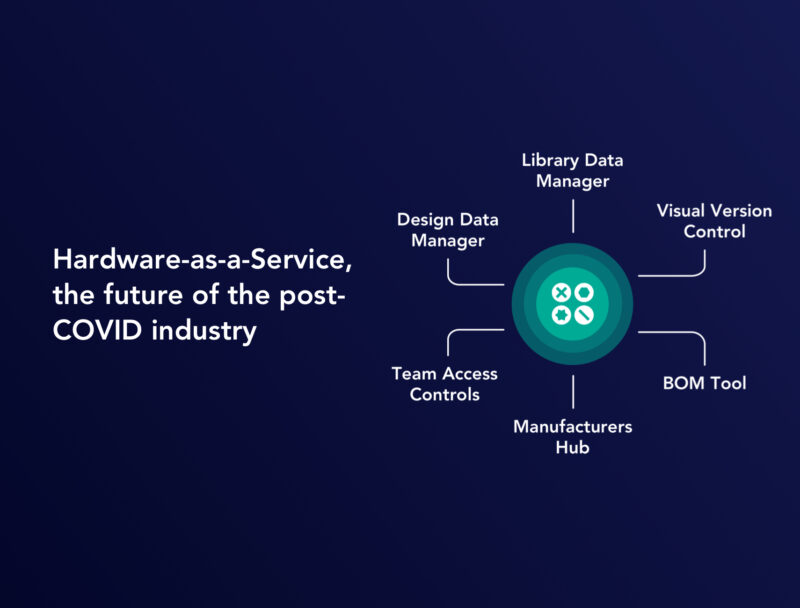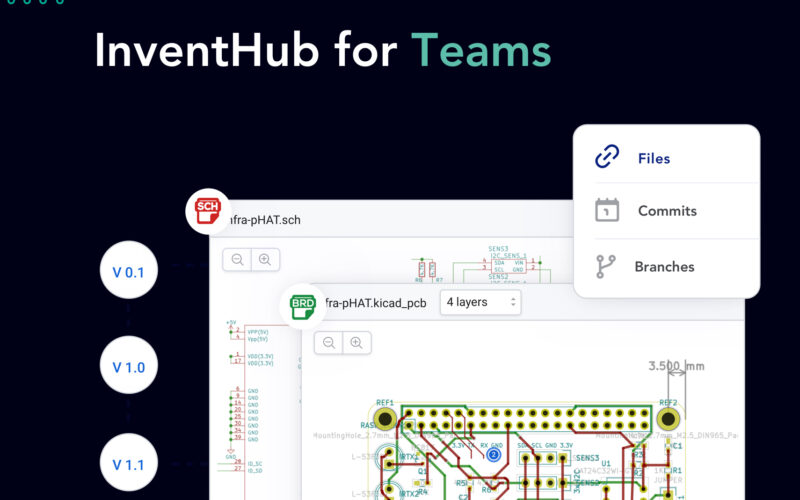The COVID-19 pandemic has essentially changed how the world functions. It has affected the way we live, the way we communicate, and the way we work, along with everything else. The hardware industry has faced the repercussions as well, with issues regarding deliveries, supplies, and manufacturing.
It has become abundantly clear over the past year that the way we do things needs to evolve. We have all had to adjust to a new reality, with an indefinite finish line. In addition, some of the changes occurring during the pandemic may stick around for the long run, particularly workplace solutions.
During this time, people’s purchasing power and priorities have also changed significantly, and we might not see the same level of consumerism we’ve been used to all our lives. Consumers will be smarter about their spending habits, as they have now realized that you never know when the next rainy day will hit.
So, it is a reasonable deduction that instead of going for expensive, high-ticket technology in one go, buyers would prefer getting access to it on a subscription basis without bearing the heavy costs of owning the complete product. This is where Hardware-as-a-Service (HaaS) comes in.
What is Hardware-as-a-Service?
HaaS gives consumers access to a product, along with its software, maintenance and installation costs, without incurring the costs of the underlying hardware itself. Basically, users pay a predetermined fee on a subscription basis to use the product. The terms of this usage are defined by a Service-Level Agreement (SLA).
To make things simpler, think of it in this way. When we are paying for our internet connections, do we pay a predetermined fee regularly for the service or do we have to also pay for all the underlying infrastructure involved in providing broadband connections? The latter would be prohibitively expensive, and very few of us would have such easy access to the internet, with its treasure trove of cat memes and an incomprehensible amount of important information. So, HaaS is the way to go, where we can all go check out as many cat memes as we want.
The sector which has truly epitomized the concept of HaaS is transportation. A prime example is Citi Bike in New York City, which offers users access to bicycles for as little as $15 per month. Uber is also offering similar packages for regular commuters, reducing the need for vehicle ownership in big cities even further. This is beneficial for both the consumers, and for the environment as a whole, so HaaS kills two birds with one stone here.
Most home security services also function using the Hardware-as-a-Service model. You pay on a monthly basis for your security devices to function and stay connected to the grid, rather than paying for the underlying infrastructure, eg, the underground fiber optic cables connecting the whole thing together.
Companies offering devices such as smartphones and laptops have also boarded the HaaS train, with Microsoft recently announcing Surfaces-as-a-Service. With this, customers will pay a monthly fee to pay for the device, unlimited access to support, and hardware upgrades.
HaaS often goes hand-in-hand with Software-as-a-Service (SaaS), and there might even be some cases where things get mixed up. Take Peloton as an example. It offers its exercise bicycles as a product sold for a fixed amount and then owned by the buyers. However, the accompanying fitness program it comes equipped with is a Software-as-a-Service, with a monthly fee. This cannot be defined as HaaS, because the device ownership and payment is completely the customer’s ambit.
Now that we know what exactly HaaS is, and understand it better through a bunch of examples, let’s figure out why it is a good strategy for hardware companies in the post-COVID era.
Why go for Hardware-as-a-Service?
The biggest reason why HaaS is gaining steam in recent times is pretty straightforward : economics. It simply does not make economic sense to own hardware completely. Why? Because it is an asset that depreciates over time. Take cars, for example. As soon as you drive your new car out of the dealership, you know it’s value will drop significantly and then keep dropping over time. It can also be quite expensive to maintain a car, especially if you got a nifty high-end ride. This doesn’t even take into account parking fees, taxes, and other miscellaneous expenses that keep cropping up. It is simply easier to pay a fixed amount on a monthly basis to use a transportation service operating under the HaaS model.
Another reason is the rise of the sharing economy. Millennials might be blamed for destroying so many industries like diamonds and napkins, but they have surely made services like bike/car sharing pretty popular. They simply do not have the same buying power their parents had decades ago, so HaaS is a natural solution to the problem. It transforms immediate capital spending into an ongoing operating expense, which is less of a burden to bear and can be cancelled whenever. Simply put, things become much cheaper due to shared use.
Convenience is another major factor leading to the rise of HaaS companies. It is a huge relief for anyone when they know they won’t have to deal with the maintenance of a product themselves. The hardware provider is responsible for it, so that takes a load off the customers.
Leading on from the convenience factor, companies also have more incentive to upgrade and improve their services under the HaaS model. They need to keep their product running efficiently, otherwise they will not get users, who pay for the service, not the hardware itself. If the hardware stops working, the company won’t get paid either. Therefore, things are kept running smoothly.
Why is this good for the post-COVID economy?
HaaS is the future of the post-COVID economy because of a shift in buying habits. People do not want to spend huge amounts on owning such items anymore. A more affordable monthly service which they can budget for makes more sense with this shift. In many cases, owning products such as cars or communication devices might be cost-prohibitive. HaaS gives access to these products to a larger number of people.
A more cerebral reason is that the pandemic has caused people’s priorities to change. They are more aware about the need for conscious consumerism and the benefits of sharing services. The need to own big-ticket items is a luxury reserved for the select few, while the rest of us can only get access via HaaS and SaaS.
In conclusion, HaaS is the future of the post-COVID industry and has a bunch of benefits for the users and for the world as a whole. We expect to see a lot of companies making the shift to HaaS, giving all of us access to a better world.








